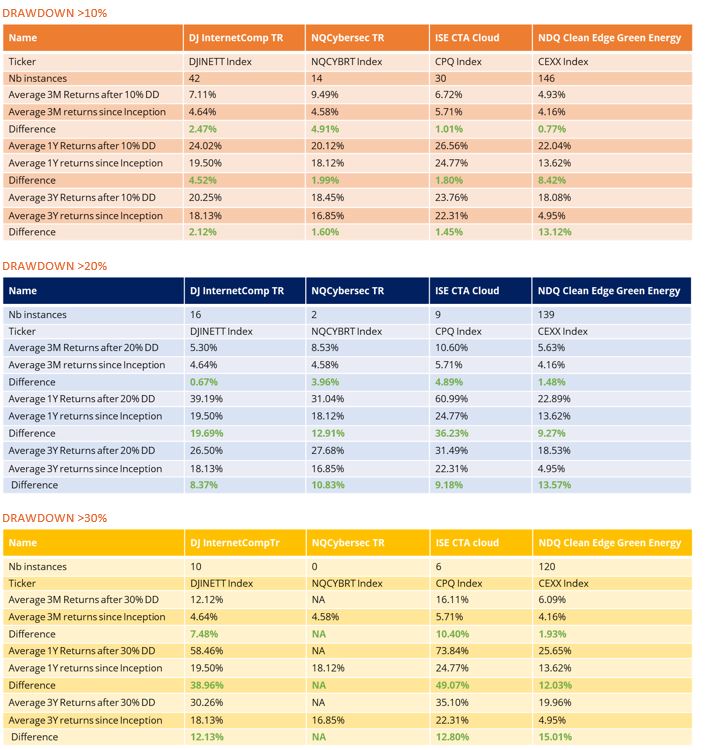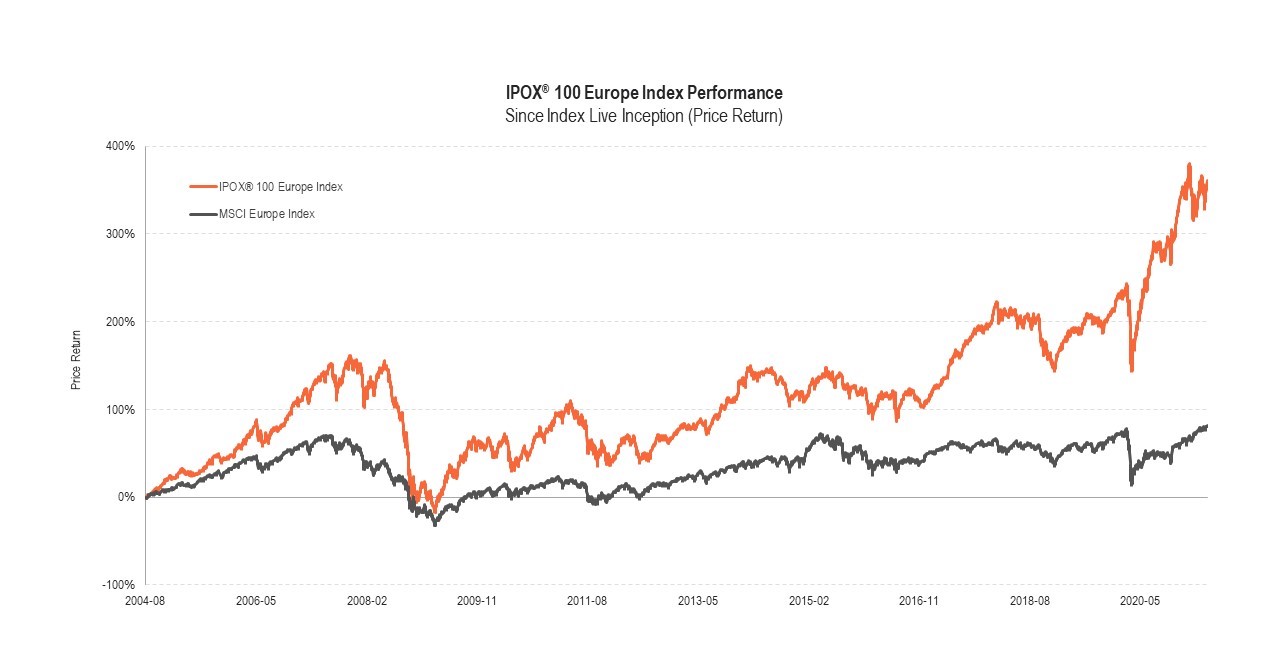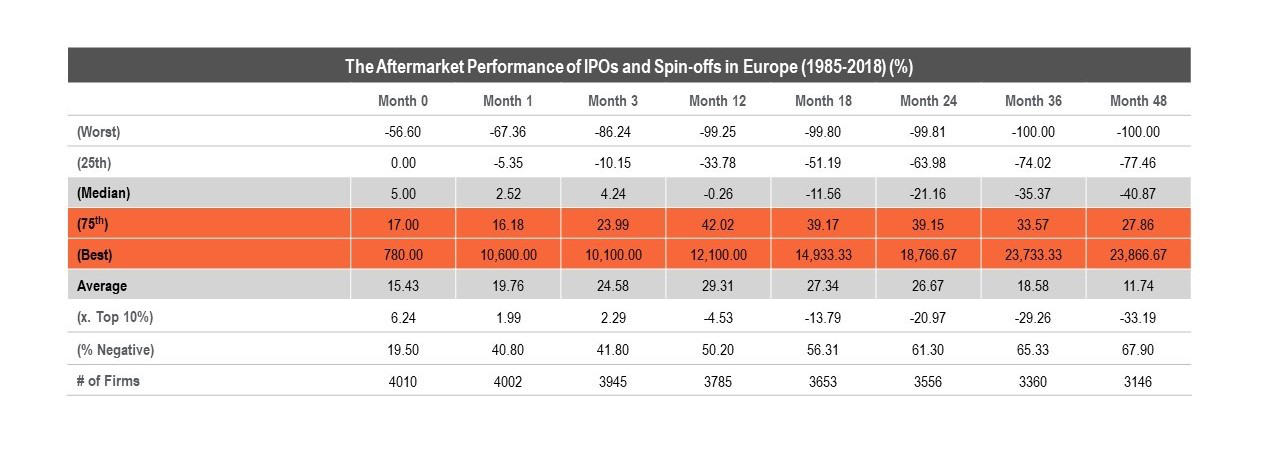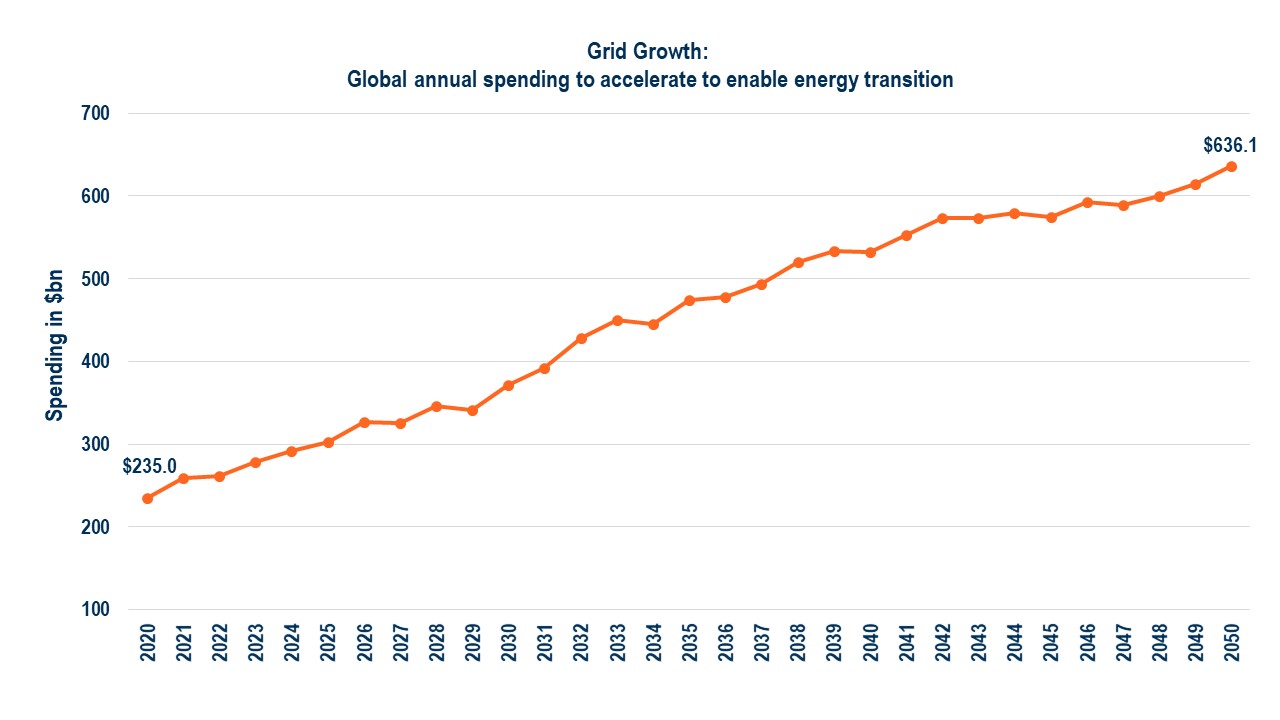The energy transition is underway.
However, despite increasing government mandates and corporate net zero pledges, there still remains a long way to go.
According to the recent report from the IPCC we’re not doing enough: under all emissions scenarios, Paris Agreement targets to keep the rise in temperatures well below 2 degrees this century and preferably to keep it under 1.5 degrees, will be broken unless huge carbon cuts take place.1
Electrification is pivotal to the energy transition and unsurprisingly it’s coursing ahead.
Al- though in theory, electricity can be generated by both fossil fuels and renewable energy sources, in practice renewable energy will be driving the electrification effort. Electricity demand is forecast to more than double between now and 2050, and renewables will outpace all other sources of power, with the share of renewable energy in the power mix set to increase from 8% to 69% by 2050.2
So what is meant by the ‘electrification of everything’?
An idea touted by environmentalists and tech companies alike, put simply: that most of the energy we use will come from an electric socket. It probably isn’t too much of a leap as a concept.
If you’ve been caught without power at any point in recent years, you’ll be all too aware that much of what we rely on in everyday life is powered by electricity – our phones, our laptops, our headphones, and even our wearables.
Electrification is happening whether or not we’ve made an active decision to ‘electrify’. And this trend is only set to accelerate. We may not be headed to the ‘electrification of everything’ but we are moving to the electrification of most things.

Source: DNV, Energy Transition Outlook 2021
What is a smart grid?
Smart grids are crucial to powering our future electricity-dependent world.
The majority of existing electric grids were built for simpler times – designed as one-way flows from coal-fired power stations to industrial and urban centres.
On the whole, current grids don’t have the digital capabilities needed to meet today’s consumer demand and the level of electrification we are transitioning to.
Smart grids are the electric grid of the 21st century, using digital technology to allow two-way communication between power utilities and the end user.
Smart grids are designed to manage increasing electricity demand, improve operational efficiency, accommodate a growing volume of electric and hybrid vehicles, whilst allowing energy-efficient technologies to be deployed at their full potential.
The smart grid has an important role to play in the energy transition, promising to help our conversion to renewable energy sources, reduce demand and moderate the impact of power outages by enabling automatic rerouting of electricity across the grid.
This innovation will help both consumers and companies alike to generate their own energy supply through solar and micro-grids, which could make it available for others to buy, or be made available to store for future use.
Emerging smart grids are made possible by innovations across big data, AI, distributed energy resources (DER), and other technology, facilitating the digitalisation of the electric grid.
1 Source: The Intergovernmental Panel on Climate Change (IPCC) Report, 2021
2 Source: DNV, Energy Transition Outlook 2021









Share